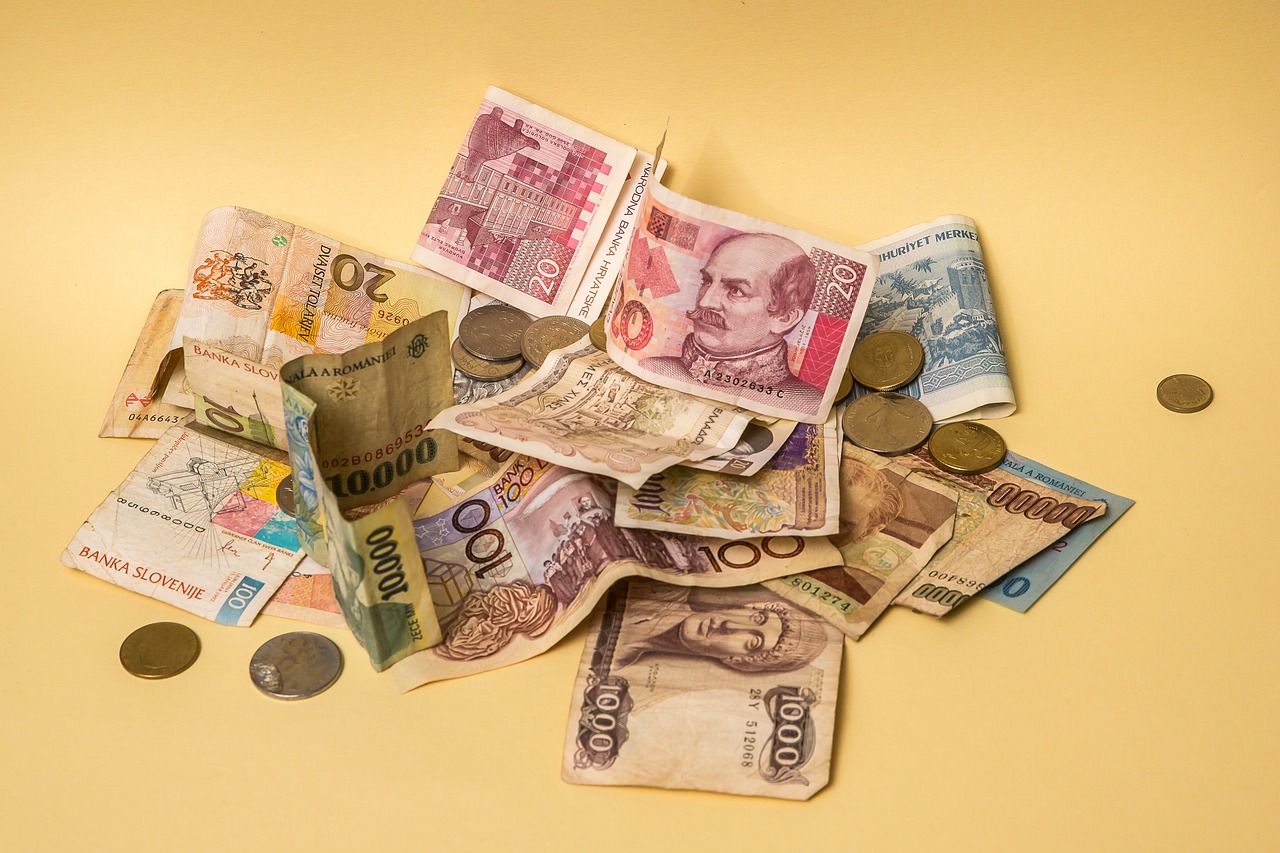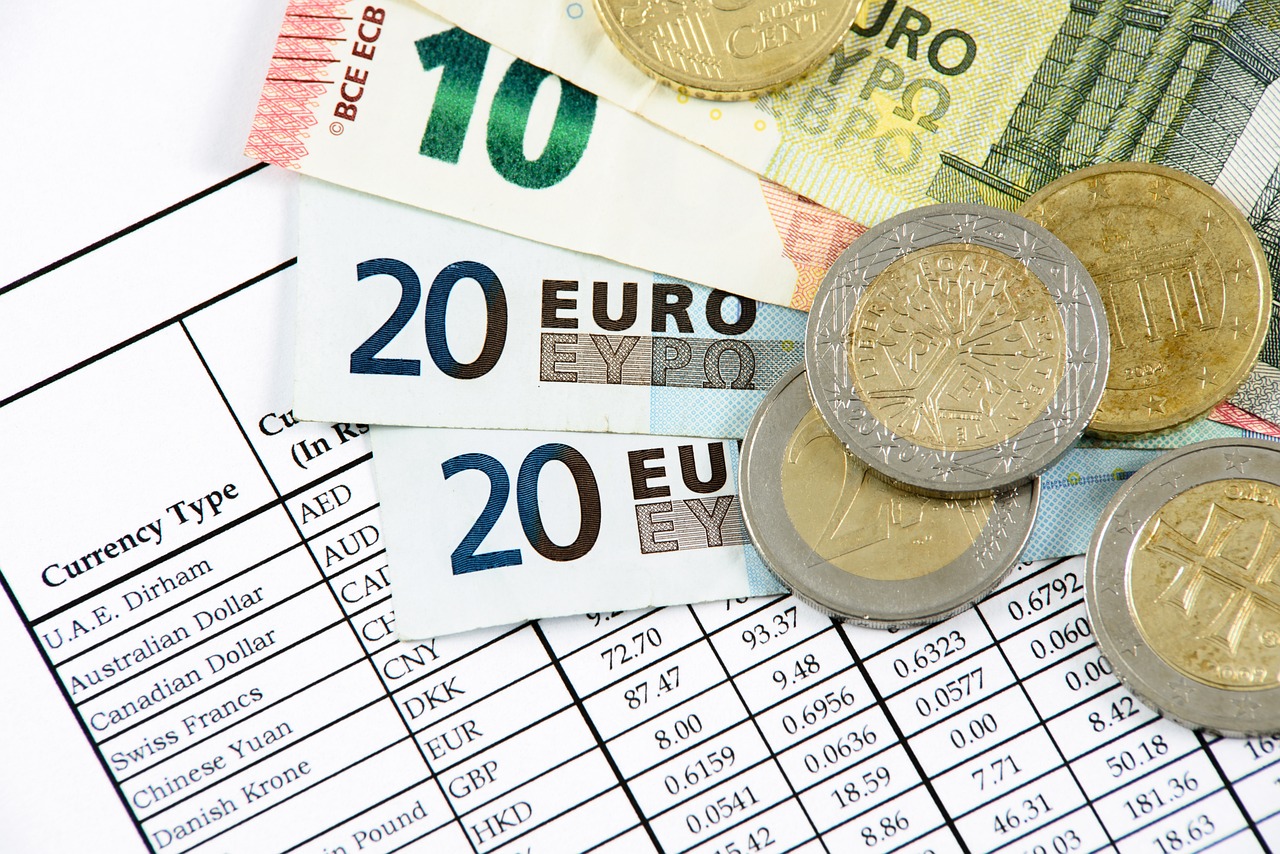Exploring the $1000 Bill: Legal Status, Rarity, and Impact on US Banking
GPT_Global - 2025-11-20 12:30:55.0 180
Is the $1000 bill still legal tender in the U.S.?
The $1000 bill is no longer in circulation in the U.S., but it is still considered legal tender. While the U.S. government stopped issuing these high-denomination bills in 1969 due to concerns over their use in illegal activities, they remain valid for transactions today. People can still use them to pay debts, and they are recognized by the U.S. Treasury and the Federal Reserve.
For those in the remittance business, understanding the legal status of currency like the $1000 bill can be important, especially when dealing with large transactions. Even though these high-value bills are rare, they can still be used in remittance services if both parties agree to use them as payment. However, the practicality of using such high-denomination bills is limited in modern transactions.
If you're in the business of sending or receiving large sums of money across borders, it's essential to stay updated on currency trends and the rules surrounding legal tender. While the $1000 bill may no longer be common, its status as legal tender means it can still be utilized for certain payments, providing flexibility in specific remittance scenarios.

What are the chances of encountering a $1000 bill at a regular business or bank?
When it comes to handling large sums of money, many people might wonder about the likelihood of encountering rare currency, such as a $1000 bill. In most regular businesses or banks, the chances of encountering a $1000 bill are quite low. The $1000 bill, although still legal tender, was discontinued in 1969 by the U.S. government. Today, it's considered a collector's item rather than a common form of currency.
For businesses and banks, the day-to-day transactions primarily involve lower denominations, such as $1, $5, $10, $20, and $50 bills. Large bills like the $1000 note are typically reserved for specialized financial transactions or held by collectors. If you do come across one, it could be a unique find or an indication of an older or specialized transaction.
In the context of remittance businesses, transactions typically focus on sending money quickly and securely, often in smaller denominations. Rare bills like the $1000 note are not commonly part of regular business operations. Therefore, while it is possible, encountering a $1000 bill during a standard transaction at a remittance business or bank is extremely rare.
How does the $1000 bill compare to modern digital transactions?
In today's fast-paced financial world, digital transactions are becoming the standard, leaving physical currency behind. However, historical notes like the $1000 bill offer an interesting comparison to modern remittance services. The $1000 bill, once used primarily by businesses and high-net-worth individuals, represents an era of physical cash dominance.
Modern digital transactions, such as online transfers and mobile payment systems, have revolutionized how money is sent across borders. These services are fast, secure, and incredibly convenient, allowing users to send money anywhere in the world instantly. Remittance businesses have adopted these methods to streamline operations and reduce the need for physical cash, providing an alternative to traditional banking systems.
The primary advantage of digital transactions over physical bills like the $1000 note is the ease and speed of transferring funds without handling physical currency. Furthermore, digital payments often come with lower fees and enhanced security measures. For the remittance business, embracing these digital solutions ensures faster, safer, and more efficient cross-border money transfers.
In conclusion, while the $1000 bill may hold historical significance, digital transactions are now the preferred method for global money transfers, and they are here to stay.
Can you legally own a $1000 bill if you find one?
When it comes to currency, the rules surrounding ownership can be a bit complex, especially when you find a rare item like a $1000 bill. The good news is, yes, you can legally own a $1000 bill if you find one. These bills, which were discontinued in 1969 by the U.S. government, are no longer in circulation for transactions but remain legal tender. However, the situation is slightly different when it comes to their value.
While the $1000 bill is still technically valid for purchases, its worth has increased dramatically due to its rarity. Collectors often pay far more than the face value, making it more of a collector’s item than a piece of currency to spend. If you happen to find one, it’s essential to keep in mind that the bill’s market value could far exceed its $1000 denomination depending on its condition and demand.
For businesses in the remittance industry, understanding the value of rare bills can be an important aspect of currency handling. If you're ever in the position of handling such bills, remember they’re legally yours to keep, but their true worth may lie far beyond their printed face value.
What is the process for a bank to destroy old $1000 bills?
```htmlWhen old $1000 bills reach the end of their useful life, banks follow a strict process to destroy them to ensure they are securely disposed of and cannot be reused. The first step involves identifying damaged or old bills that are no longer fit for circulation. Banks regularly monitor the currency supply to remove outdated notes, including high-denomination bills like the $1000 notes.
Once the bills are collected, they are sent to a Federal Reserve processing facility, where they undergo shredding. The bills are fed into a high-powered shredder, ensuring that the notes are completely destroyed. The shredded currency is then turned into small particles that are unrecognizable and cannot be reconstructed.
For remittance businesses, understanding this process is crucial because it ensures the integrity of the financial system. By properly managing the destruction of old bills, banks help maintain a reliable currency system, preventing the circulation of outdated money. This process is also important for remittance businesses to ensure smooth, secure transactions for their customers without the risk of dealing with invalid or outdated currency.
```How did the government plan to phase out high-denomination bills like the $1000 bill?
In recent years, the government has made significant strides in phasing out high-denomination bills, such as the $1000 bill, in an effort to combat illicit financial activities and promote transparency in financial transactions. One of the main goals behind this move is to curb money laundering, tax evasion, and other illegal activities that thrive with the use of large denominations.
For remittance businesses, this change can have profound implications. As global money transfers often involve substantial sums, high-denomination bills were previously used in some transactions. With the removal of bills like the $1000, businesses must adapt by embracing digital payment systems, which offer faster and more secure ways of handling remittances.
Furthermore, remittance providers must educate clients about alternative payment methods that are in line with current regulations, such as bank transfers or mobile money services. This shift not only ensures compliance but also promotes a safer and more efficient way for individuals to send money across borders.
In conclusion, while the phase-out of high-denomination bills like the $1000 bill may cause some disruption in the short term, it presents an opportunity for remittance businesses to embrace modern, digital financial solutions that align with global financial trends.
How does the rarity of $1000 bills affect their value among currency collectors?
When it comes to currency collection, the rarity of $1000 bills plays a significant role in determining their value. Due to their limited circulation and historical context, these bills are highly sought after by collectors and investors alike.
The $1000 bill, which was last issued in 1969 and primarily used for large transactions, is no longer in circulation, making it a rare find in the world of numismatics. The scarcity of these bills has created a high demand among currency collectors, which drives up their value. Depending on the condition and series of the bill, a $1000 note can be worth significantly more than its face value.
For remittance businesses and those dealing with large amounts of money, understanding the rarity and value of such currency can be crucial. Collectors often look to acquire these rare notes, and when rare bills like the $1000 bill are part of a collection, they can become valuable assets. In this way, currency collection intersects with investment, making it an exciting niche for those looking to diversify their portfolios.
What role did $1000 bills play in the development of U.S. banking systems?
In the early days of U.S. banking, $1000 bills were seen as a symbol of economic power and facilitated large-scale financial transactions. These high-denomination notes played a significant role in the development of the banking system, particularly during the 19th and early 20th centuries. They were used primarily for business transactions and transfers between banks, which helped establish trust and efficiency in the financial system.
However, with the rise of electronic banking and digital transactions, the need for physical cash, especially high-denomination bills, diminished. Today, remittance businesses have largely replaced traditional cash transactions with more secure and faster digital options. The development of the banking system has shifted towards online platforms, offering a safer way to send money internationally.
In the modern era, remittance services are key players in the global economy, allowing people to send money across borders with ease. While $1000 bills were once essential in large transactions, today's focus is on the speed and security of digital remittance solutions. The evolution of banking from physical cash to digital transfers marks a significant change in how we conduct financial business today.
About Panda Remit
Panda Remit is committed to providing global users with more convenient, safe, reliable, and affordable online cross-border remittance services。
International remittance services from more than 30 countries/regions around the world are now available: including Japan, Hong Kong, Europe, the United States, Australia, and other markets, and are recognized and trusted by millions of users around the world.
Visit Panda Remit Official Website or Download PandaRemit App, to learn more about remittance info.



